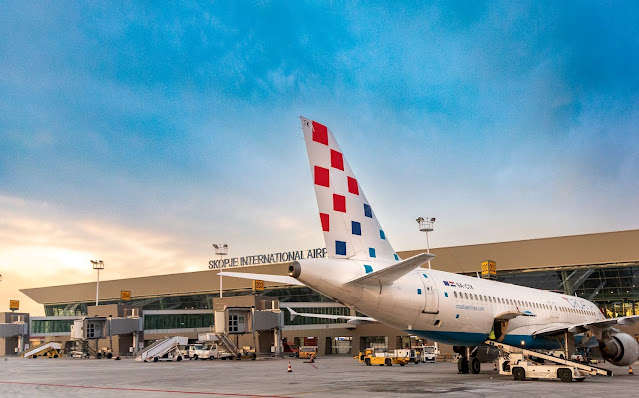Airports seek inter-EX-YU connectivity
Airports across the former Yugoslavia are looking to improve connectivity among each other, with talks being held by various stakeholders in several markets. This week, the General Manager of Sarajevo Airport, Alan Bajić, and the head of the Airports of Montenegro Supervisory Board, who is effectively running the operator, Eldin Dobardžić, held talks over the introduction of flights between Bosnia and Herzegovina’s capital and Podgorica. The two cities were last linked by B&H Airlines prior to its collapse in 2015. “Together with the Montenegrin Ministry for Capital Investment, we believe that the introduction of nonstop year-round flights between Podgorica and Sarajevo, as well as the possible launch of seasonal operations between Sarajevo and Tivat, would be mutually beneficial for both countries”, Mr Dobardžić said. Last year, Air Montenegro launched a seasonal service between Tivat and Banja Luka which has proven to be extremely successful.
The two busiest unserved citypairs in the former Yugoslavia are Ljubljana and Skopje. The Macedonian capital has emerged as one of Ljubljana Airport’s busiest unserved routes following the collapse of Adria Airways. In 2019, 40.293 passengers flew between the two capital cities, from January until late September when operations ceased. In 2018, the figure stood at 44.828 travellers for the entire year. Air Serbia has since become the main transfer airline for passengers commuting between the two cities. Wizz Air has considered launching the route and has also approached Maribor Airport as an alternative to the Slovenian capital but has requested up to a million euros in subsidies and incentives to maintain services between the two cities. Ljubljana Airport’s management previously stressed that Skopje is an “extremely important” route that should be restored.
Air Serbia has held talks with Macedonian authorities over the launch of seasonal summer operations between Belgrade and Ohrid next year, which would serve both point-to-point leisure traffic and act as a feeder for its long haul network. The Serbian carrier initially launched a seasonal three weekly service between Belgrade and Ohrid in 2016, following a three-year hiatus. In 2017, operations were increased to four weekly. However, by 2018 the flights were discontinued amid a wide-ranging push to cut costs and rationalise its network. Back then, the airline primarily relied on transfer passengers to sustain its Ohrid service, with special fares targeting the Macedonian diaspora in Australia, many of which hail from the Ohrid region. However, the termination of Air Serbia's Abu Dhabi flights in 2017, which served as a feeder from Australia, significantly affected loads on the Ohrid route.
Croatia Airlines has held talks with airport operator TAV Macedonia over the potential expansion of its operations in the country. “If there is interest from Macedonian tour operators and partners, we are ready to expand our cooperation onto routes other than Zagreb and Skopje, like perhaps Ohrid and Split”, the carrier said. On the other hand, TAV Macedonia noted, “Road connectivity between our two countries is unsatisfactory, which is why new airline routes would be a big step forward. We believe flights between Ohrid and Split would be of interest to tourists, so they could visit both countries within a few days in one go”.












0 Response to "Airports seek inter-EX-YU connectivity"
Post a Comment